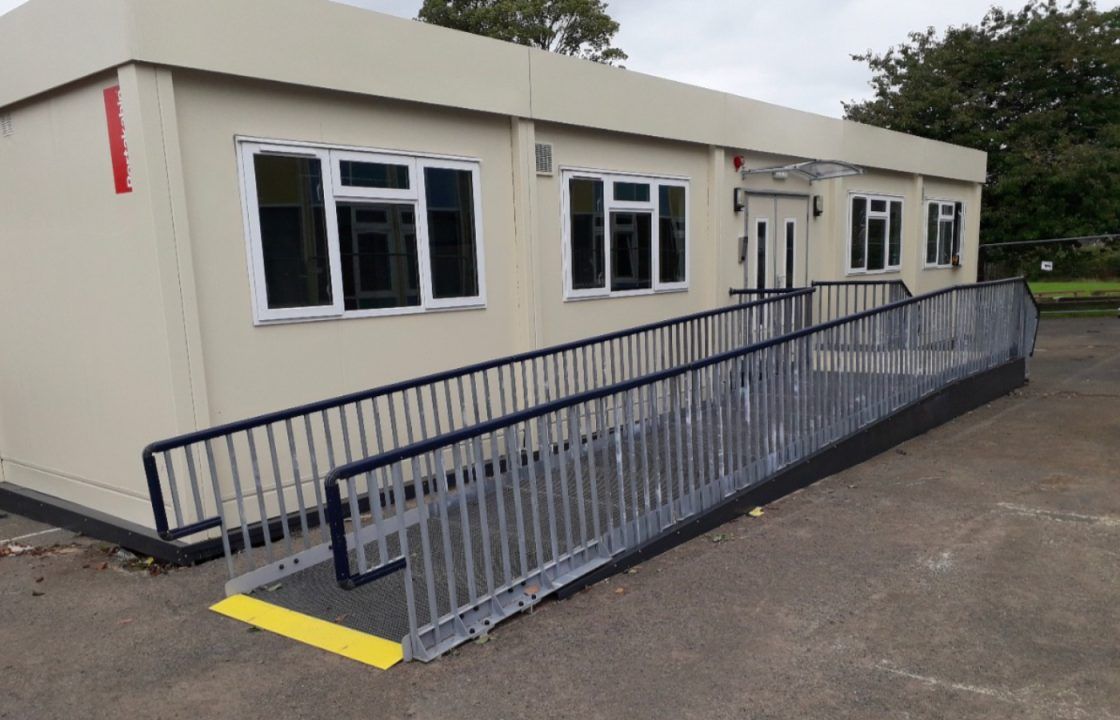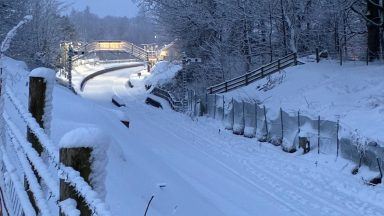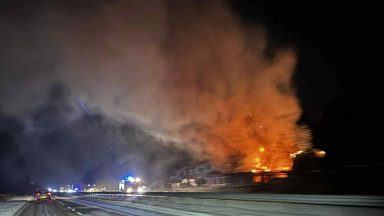Pupils at two Edinburgh primary schools are to be moved into temporary classrooms after it emerged that roofs there had been built using a dangerous ‘crumbling concrete’.
Some learners at Trinity and Cramond primaries will be taught in portable classroom units when the new term begins next month, following the discovery of Reinforced Autoclaved Aerated Concrete (RAAC).
Earlier this year the council said 15 buildings it owns “may” contain the concrete mix – which government officials fear could pose a “risk to life” – and surveys are ongoing to determine if any others are at risk in addition to the schools identified so far.
Other local authorities including West Lothian Council have already set out plans to spend millions replacing RAAC panels in schools, however the cost to Edinburgh is not yet known.
At Trinity Primary in Newhaven, the bubbly, lightweight material was found in roofs above the kitchen and the ground floor classroom, admin and toilet area. As a result four classes will move into makeshift classrooms being erected in the nearby Trinity Academy playground.
The same contingency plan will be put in place at Cramond, where two blocks each containing two separate rooms and toilets will be sited on the netball pitch in time for the start of the new term.
An email to parents said the temporary measure will “provide a very good quality learning environment” and support would be on hand to ensure the transition for pupils was “as smooth as possible”.
The units were previously used at Liberton Primary School after a fire caused significant damage to the building in 2020.
The council has not said exactly when the remedial work will commence but it has asked engineers to progress initial designs for the roof replacements.
Once detailed plans are finalised and a contractor has been assigned it is understood an update will given on how long the project will last.
The alarm was raised about the potential dangers of RAAC, also known as Siporex, in 2018 after the roof of a primary school in Kent suddenly gave way.
Commonly used in the construction of roofs and walls in the UK from the 1950s to 80s, the material “is now life-expired and liable to collapse” according to a warning from the Office of Government Property (OGP) last year.
Meanwhile a leaked email sent to Downing Street from senior officials at the Department for Education in December said many school buildings now posed a “risk to life” as a result of the presence of crumbling concrete.
A freedom of information request by the Local Democracy Reporting Service revealed in February that Edinburgh Council had identified 15 buildings “that may have been constructed” using RAAC and investigations are continuing to determine the full scale of the problem across the city.
Edinburgh Council has been approached for comment.
Follow STV News on WhatsApp
Scan the QR code on your mobile device for all the latest news from around the country


 LDRS
LDRS


























